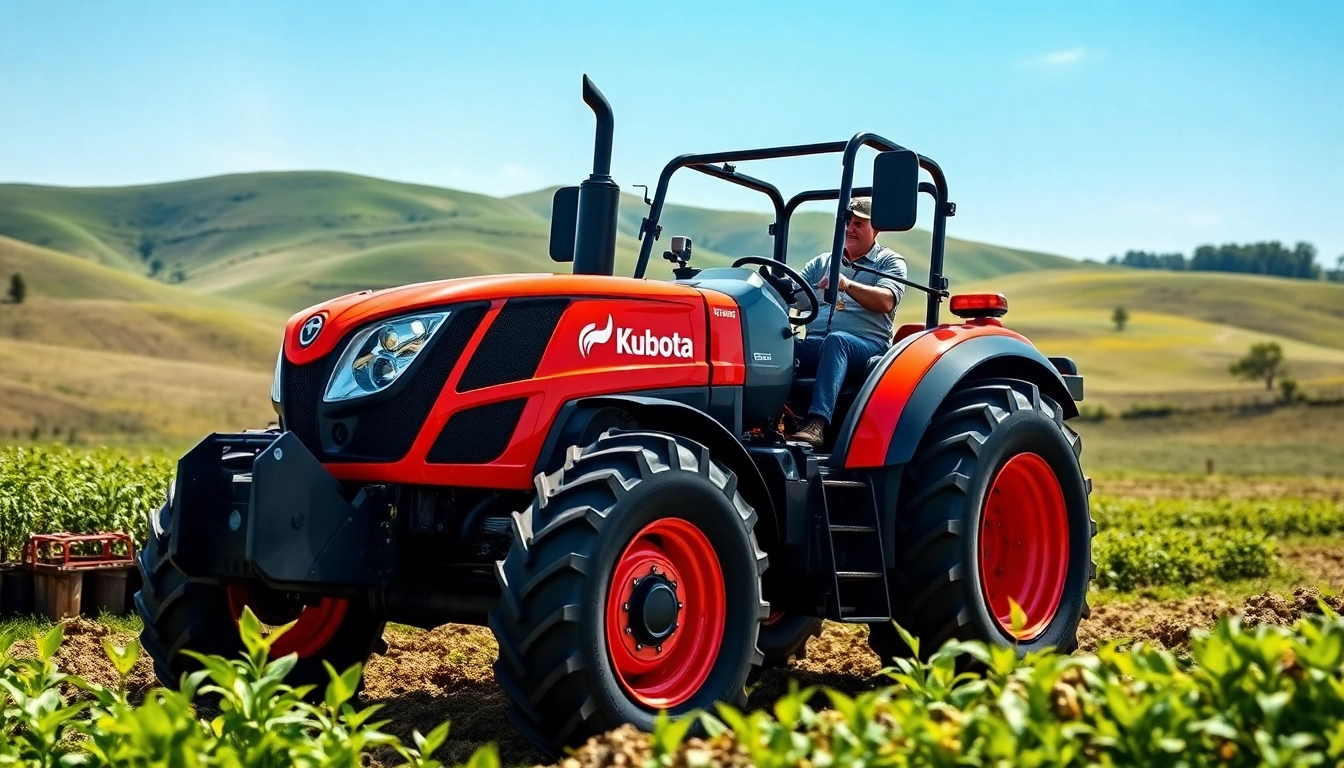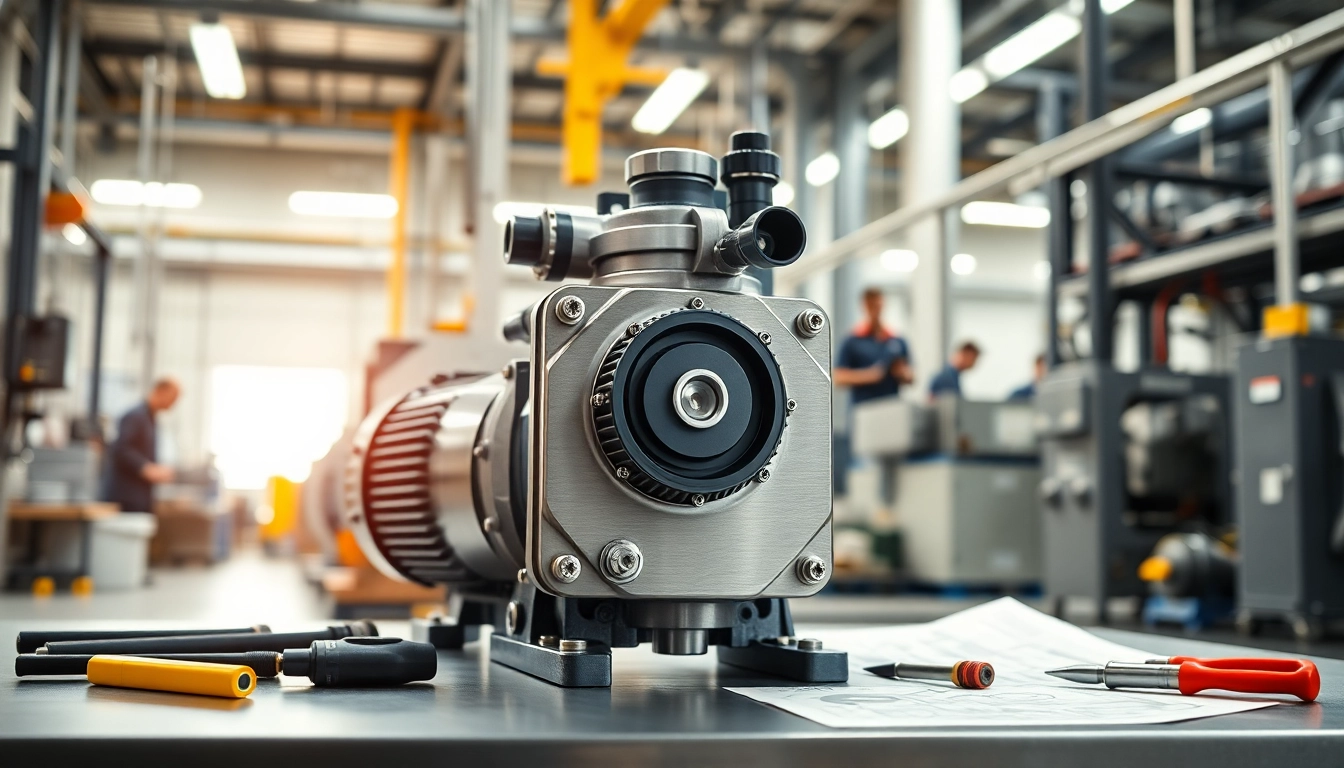Understanding Precision Die Cutting
Defining Precision Die Cutting and Its Importance
Precision die cutting is a manufacturing process that involves cutting materials into specific shapes with utmost accuracy. Utilizing advanced machinery and specialized tools, this method is essential in various industries due to its remarkable ability to produce intricate designs and high-volume outputs consistently. The importance of precision die cutting cannot be overstated; it ensures that products meet specific specifications and standards, which is particularly critical in industries such as automotive, medical, aerospace, and packaging.
This technique is distinguished from traditional cutting methods by its capacity to cut multiple layers of material and complex shapes with fine tolerances. For manufacturers, choosing precision die cutting means investing in a process that enhances efficiency, reduces waste, and increases overall product quality.
Applications of Precision Die Cutting in Various Industries
Precision die cutting finds applications in a wide array of industries, each benefiting from its unique capabilities. In the automotive industry, for instance, it is used to create gaskets, seals, and insulation panels that require precise dimensions to fit properly. In the medical field, it plays a crucial role in producing parts such as adhesive medical tapes and protective coverings, where precision can directly impact patient care and safety.
Additionally, in packaging, precision die cutting is leveraged to produce custom boxes and inserts that not only protect the product but also offer aesthetic appeal. The electronics industry also benefits, utilizing die cutting to produce components like circuit board parts. These varied applications highlight the versatility of precision die cutting across different sectors, reinforcing its value in modern manufacturing.
Key Materials Used in Precision Die Cutting
The materials used in precision die cutting are diverse and can include paper, plastic films, adhesive materials, rubber, and metals. Each material presents unique challenges and advantages. For example, paper and plastic are commonly used for packaging and displays, while metals are essential for creating durable and robust components.
Understanding the properties of these materials is critical to the die cutting process. For instance, the thickness, texture, and elasticity must be considered when designing the die and cutting process. Manufacturers need to select the right material based on the specific product requirements, ensuring that the final output aligns with functional and aesthetic goals.
Benefits of Choosing Precision Die Cutting
Advantages of High-Quality Die Cuts
One of the foremost benefits of precision die cutting is the high-quality finished products. The precision inherent in the method allows for clean edges and consistent dimensions, which are essential for products that need to fit perfectly within assemblies or packaging. This high-quality output can enhance a brand’s reputation by boosting customer satisfaction through reliable and visually appealing products.
Moreover, the mount of automation in precision die cutting processes leads to fewer human errors, contributing to higher overall quality. Companies that adopt this cutting method can position themselves as leaders in their respective markets, thanks to the superior quality of their products.
How Precision Die Cutting Enhances Product Standards
Implementing precision die cutting significantly enhances product standards by ensuring compliance with industry regulations and customer expectations. Industries that operate under strict standards, such as automotive and medical, require precision die cutting to achieve tolerances that meet regulatory compliance. This adherence boosts not only product quality but also minimizes risks related to non-compliance.
The technological advancements in die cutting tools, such as laser and rotary die cutters, offer enhanced precision, allowing manufacturers to produce increasingly complex designs while still adhering to high standards. This flexibility empowers businesses to innovate and adapt their product offerings to meet changing market demands without compromising quality.
Cost-Effectiveness of Precision Die Cutting Compared to Alternatives
Despite the initial investment in high-quality die cutting machinery, precision die cutting can provide a more cost-effective solution in the long run. Traditional cutting methods can lead to higher material waste, longer production times, and increased labor costs due to manual processes. In contrast, precision die cutting’s efficiency allows for maximized material usage and reduced lead times, leading to lower operational costs.
Additionally, the ability to produce large volumes of product quickly and accurately means that businesses can meet high demand without sacrificing quality, further enhancing their profitability. When evaluating production methods, precision die cutting emerges as a viable option that balances investment with significant returns.
Choosing a Precision Die Cutting Service Provider
What to Look for in a Die Cutting Manufacturer
When selecting a precision die cutting service provider, it’s essential to consider several key factors to ensure alignment with your business needs. First, look for a manufacturer that demonstrates a proven track record in the industry. Experience with various materials and products is crucial, as this knowledge translates into better quality and efficiency.
Additionally, assess the provider’s technology and equipment. Modern machinery capable of advanced die cutting processes, such as laser cutting or rotary die cutting, can significantly enhance precision and reduce turnaround times. Certifications and adherence to industry standards also reflect a commitment to quality and safety, which are hiring considerations for any business.
Evaluating Providers Based on Experience and Technology
Experience in the precision die cutting industry is an indicator of reliability and expertise. Manufacturers with years of operation are usually well-equipped to handle various projects, understanding common challenges and how to navigate them effectively. Such providers can offer valuable insights and suggestions based on past projects, contributing to overall process optimization.
Alongside experience, the technology used in die cutting operations plays a critical role in its success. Manufacturers utilizing the latest advancements in die cutting technology can produce more intricate designs with greater accuracy and speed. Furthermore, inquire about their capabilities in prototyping, which can be a significant asset in developing new products or designs before full-scale production.
Importance of Customer Service in Die Cutting Projects
An often-overlooked aspect of selecting a precision die cutting service provider is customer service. A manufacturer that prioritizes communication and collaboration can facilitate a smoother workflow and overall project management. Regular updates and accessibility to support can alleviate potential issues before they escalate into problems.
Moreover, strong customer service reflects the provider’s commitment to your project and ensures that any concerns are addressed promptly. By building a relationship with your die cutting manufacturer, you enhance the collaboration and innovation needed to create high-quality and effective products.
Key Processes Involved in Precision Die Cutting
Overview of Flatbed and Rotary Die Cutting Methods
The precision die cutting process can be categorized mainly into two methods: flatbed die cutting and rotary die cutting. Each method has its unique advantages and applications. Flatbed die cutting utilizes a hydraulic press that applies force to a flat die, effectively cutting through the material. This method is particularly adept at handling thicker materials and is ideal for short to medium production runs.
On the other hand, rotary die cutting employs a rotary die-cutting machine that processes materials using a cylindrical die. This method is extremely efficient for high-volume production and yields a continuous roll of die-cut products. It is favored for creating detailed designs at high speeds, making it a preferred choice in industries such as packaging.
Understanding the Die Cutting Setup and Execution
Successfully executing precision die cutting requires a well-planned setup. Initially, manufacturers must design a die that conforms to the specific project requirements, considering factors such as material type, thickness, and desired shapes. Next, the setup process involves ensuring the die is aligned correctly on the machine and calibrating settings for optimal cutting pressure and speed to maintain precision.
Once the setup is complete, a test run is often conducted to assess the die’s performance. Any required adjustments should be made at this stage—like pressure alterations or alignment corrections—before starting the full production run. Regular maintenance of equipment and dies is crucial to prevent deterioration and ensure continued quality in production.
Quality Assurance in Precision Die Cutting: What to Expect
Quality assurance is an integral part of the precision die cutting process. Manufacturers typically implement rigorous testing protocols to ensure the finished products meet specified criteria. This often includes measurements to verify that cuts conform to predetermined tolerances and visual inspections for defects in the final product.
Moreover, many providers employ statistical process control techniques to monitor production consistency, ensuring that fluctuations are addressed promptly. Adhering to quality assurance procedures allows manufacturers to maintain high standards and minimize the risk of errors that could compromise product quality and customer satisfaction.
Future of Precision Die Cutting Technologies
Emerging Trends in Die Cutting Efficiency and Precision
The future of precision die cutting is poised to evolve with advancements in technology and changing market demands. Emerging trends include the increased use of automation and robotics, which streamline the die cutting process by reducing labor costs and improving accuracy. Such technologies can enhance the ability to handle complex projects with quicker turnarounds.
Additionally, software advancements that integrate design and die cutting processes facilitate faster prototyping and production adjustments. As these tools become more accessible, companies can expect improved efficiency and reduced time-to-market for their products.
Innovations Driving the Future of Die Cutting
Innovations such as laser die cutting and digital die cutting are revolutionizing the industry. Laser die cutting enables manufacturers to produce more intricate and precise designs without the necessity of traditional dies, offering flexibility in design changes and lower setup times. Digital die cutting, often used in smaller production runs, eliminates tooling costs associated with conventional die cutting, making it an attractive option for many businesses.
As these technologies continue to advance, we can expect to see an increase in the capacity for highly customized products and shorter lead times, catering to changing consumer preferences.
How Automation is Shaping Precision Die Cutting Processes
Automation is transforming precision die cutting by introducing systems that increase precision while minimizing human error. Automated machinery can operate at higher speeds and with greater consistency than manual labor can, ensuring that products maintain their quality standards across large production runs.
Furthermore, automation allows for better data collection during the production process. Manufacturers can monitor performance metrics such as cycle times, production yields, and defect rates. This insight enables continuous improvement practices, further refining both processes and product quality over time.














Leave a Reply